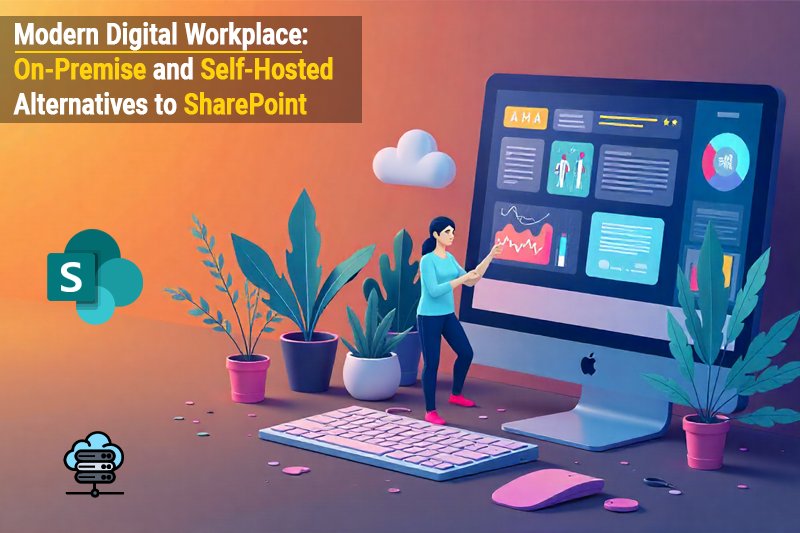- Veronika Mazour
- March 8, 2018
Digital transformation: how to ensure adoption of your intranet
If you are launching a digital transformation project, this post is for you. All the more so if your project is global and transversal, such as a new intranet, digital workplace or collaboration platform.
In any digital transformation initiative, success is measured first and foremost in terms of adoption. If the project gets traction, other KPIs can be brought forward to justify your ROI – productivity, time gains and so forth. But without wide and lasting adoption, none of those metrics has any real value on the enterprise scale.

Content
Common myths about adoption
Myth 1. Viral adoption
 There is no such as thing as spontaneous viral adoption in an enterprise setting
There is no such as thing as spontaneous viral adoption in an enterprise setting
Myth 2. Silver bullet
 There is no silver bullet solution to handle your change management and adoption
There is no silver bullet solution to handle your change management and adoption
Myth 3. Adoption issues is a big company problem
 There is no link between the size of your company and adoption
There is no link between the size of your company and adoption
Myth 4. My launch went great, it’s a win
 There is no immediate AND lasting adoption
There is no immediate AND lasting adoption
The three stages of adoption
0- No adoption
1- Passive consumption/participation
2- Active consumption/participation
3- Interaction
Common hurdles to digital transformation adoption
1- Your workforce
2- Your company culture
3- Your management
- Transformation is never easy – so be prepared
- Change is a gradual process – so choose realistic goals
- Identify your challenges and find strategies to address them
company intranet
FAQs
What is an intranet?
intranet is a term used with abundance whenever the subject of internal communication and collaboration is brought up which makes defining it a bit challenging. In its simplest form, an intranet is an internal website for your organization. It is used mainly for top-down communication where employees can access corporate news, policies and announcements.
What are the different types of intranet solutions?
To gather a thorough understanding of intranets and their different types, let’s walk through its history from the early days up to now:
- Intranet Portals
- Enterprise Social Netwrok (ESN)
- Intranet 2.0
What is the difference between intranets and extranets?
The main difference between intranets and extranets lays in the target audience. Intranets typically target users from a specific organization whereas extranets is the hub that can group users from multiple external organizations ranging from partners and suppliers all the way to clients
➝ Discover the real difference between intranet and extranet
What are the benefits of intranet solutions?
Different types of Intranet solutions from the early days up to the intranet 2.0 (commonly referred to as digital workplace solutions) bring a host of benefits to businesses of all sizes and industries. Below is a list of benefits often associated with intranets:
- Streamline internal communications
- Connect employees and eliminate silos
- Foster collaboration
- Improve knowledge sharing
- Recognize and reward employees
What are the different strategies for a successful intranet adoption?
Here are three different strategies for a successful intranet adoption:
- User focus strategy
- Global community management strategy
- Private communities focus strategy
Related posts
- All
- eXo
- Digital workplace
- Employee engagement
- Open source
- Future of work
- Internal communication
- Collaboration
- News
- intranet
- workplace
- Knowledge management
- Employee experience
- Employee productivity
- onboarding
- Employee recognition
- Change management
- Cartoon
- Digital transformation
- Infographic
- Remote work
- Industry trends
- Product News
- Thought leadership
- Tips & Tricks
- Tutorial
- Uncategorized
Leave a Reply
( Your e-mail address will not be published)



I thought this was an article with tips on how to ensure adoption. All you have listed is reason’s why adoption doesn’t happen.